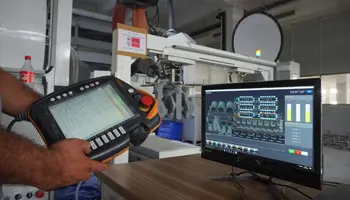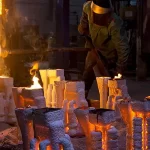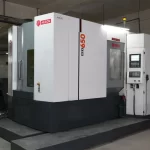Shell Moulding: Creating High-Quality Castings Efficiently
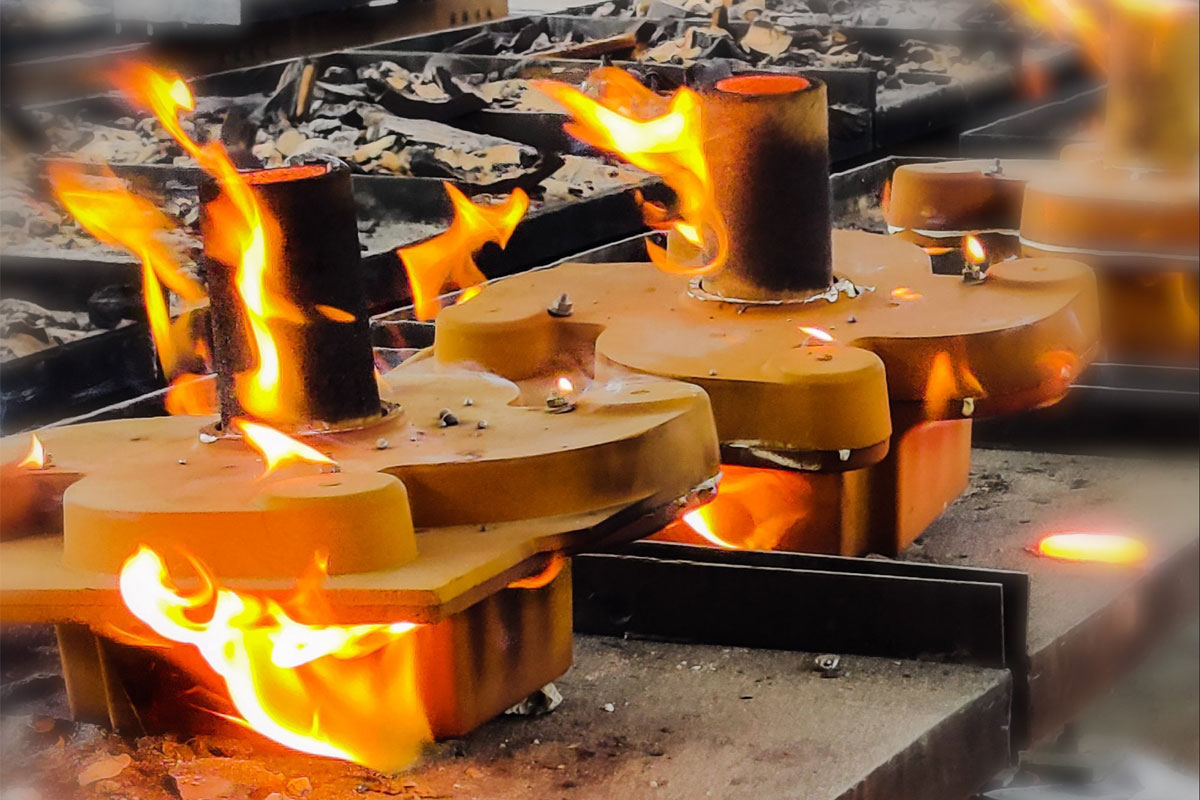
What is Shell Moulding?
Shell moulding is a precision casting process renowned for its ability to produce castings with exceptional quality and dimensional accuracy. Unlike traditional sand casting, shell moulding involves creating a thin, hardened shell around a pattern, which is subsequently filled with molten metal to produce the desired casting. This method offers significant advantages over conventional casting techniques, making it a preferred choice for many industries.
The Shell Moulding Process
Shell moulding is a casting technique that involves creating a thin, reusable metal pattern and coating it with a resin-bonded sand mixture. This mixture forms a hardened shell around the pattern, which serves as the mould for casting.
Pattern Preparation
The process begins with a meticulously crafted metal pattern, designed to replicate the exact dimensions and contours of the desired casting. This pattern is typically made from cast iron or steel and is heated to a specific temperature to facilitate the shell-forming process.
Shell Creation
A blend of silica sand coated with a thermosetting phenolic resin is applied to the heated pattern. This mixture adheres to the pattern’s surface, forming a thin, uniform layer. Once the resin cures, the pattern is inverted, and the excess sand is removed, leaving behind a hardened shell.
Shell Curing and Finishing
The created shell is then cured to ensure its strength and durability. This process involves subjecting the shell to heat, allowing the resin to fully polymerize. After curing, the shell may undergo additional finishing processes to achieve the desired surface quality.
Mould Assembly and Metal Pouring
The cured shell is typically backed with a heat-resistant material, such as metal or ceramic, to provide support during the pouring of molten metal. This assembly is then positioned in a casting machine. Molten metal is poured into the shell cavity, filling the desired shape.
Cooling and Solidification
The molten metal solidifies within the shell, forming the casting. The cooling rate can be controlled to achieve the desired metallurgical properties of the final product.
Shell Removal and Casting Extraction
Once the casting has cooled sufficiently, the shell is carefully removed. The casting is then extracted from the shell, and ready for further processing if required.
Finishing and Inspection
The casting undergoes finishing operations such as cleaning, grinding, or machining to achieve the desired surface finish and dimensional accuracy. Quality control inspections are performed to ensure the casting meets the specified requirements.
Materials Used in Shell Moulding
Shell moulding offers versatility in terms of the materials that can be cast. Both ferrous and non-ferrous metals can be successfully employed in this process.
Commonly used ferrous metals include:
- Cast iron
- Carbon steel
- Alloy steel
- Stainless steel
Non-ferrous metals commonly used in shell moulding are:
- Aluminium alloys
- Copper alloys
The choice of metal depends on the specific requirements of the casting, such as strength, weight, corrosion resistance, and cost.
Advantages of Shell Moulding
Shell moulding offers several advantages over traditional sand casting methods, making it a preferred choice for many industries.
- Superior Surface Finish: The smooth resin-coated sand mixture used in shell moulding produces castings with excellent surface quality, often eliminating the need for extensive finishing processes.
- Excellent Dimensional Accuracy: The rigid nature of the shell mould results in castings with precise dimensions and tolerances, reducing machining requirements.
- Complex Shape Capability: Shell moulding can accommodate intricate and complex designs, allowing for the production of castings with intricate details.
- Faster Production: Compared to traditional sand casting, shell moulding offers a faster production cycle due to the reduced time required for mould preparation.
- Reduced Defects: The use of a hardened shell minimizes defects such as sand inclusions and gas porosity, resulting in higher casting quality.
- Material Versatility: Shell moulding can be used with a wide range of metals, providing flexibility in material selection.
Limitations of Shell Moulding
While shell moulding offers numerous advantages, it also has certain limitations that need to be considered.
- Higher Initial Costs: The process requires specialized equipment, patterns, and resin-coated sand, resulting in higher initial investment compared to traditional sand casting.
- Pattern Costs: Metal patterns used in shell moulding are more expensive to produce compared to wooden patterns used in sand casting.
- Size Limitations: Shell moulding is generally suitable for smaller to medium-sized castings due to limitations in shell thickness and handling.
- Environmental Concerns: The use of resins in the shell-making process can raise environmental concerns if not managed properly.
- Potential for Defects: Although less prone to defects compared to sand casting, issues like shell cracking, metal penetration, and gas porosity can still occur.
Despite these limitations, shell moulding remains a valuable casting technique for producing high-quality components in various industries.
Applications of Shell Moulding
Shell moulding is a versatile process with applications across various industries. Its ability to produce complex shapes with high precision and excellent surface finish makes it ideal for the following:
- Automotive Industry: Engine blocks, cylinder heads, brake components, transmission housings, and suspension parts.
- Aerospace Industry: Turbine blades, compressor housings, and other high-precision components.
- Machinery and Equipment: Gearboxes, pump housings, valve bodies, and other complex components.
- Plumbing and Sanitary Ware: Faucets, showerheads, and other components requiring intricate details.
- General Engineering: A wide range of components for various industrial applications.
The versatility of shell moulding, combined with its ability to produce high-quality castings efficiently, has made it a preferred choice for many metal manufacturers seeking precision and performance.
Shilpan Steelcast: Experts in Shell Moulding
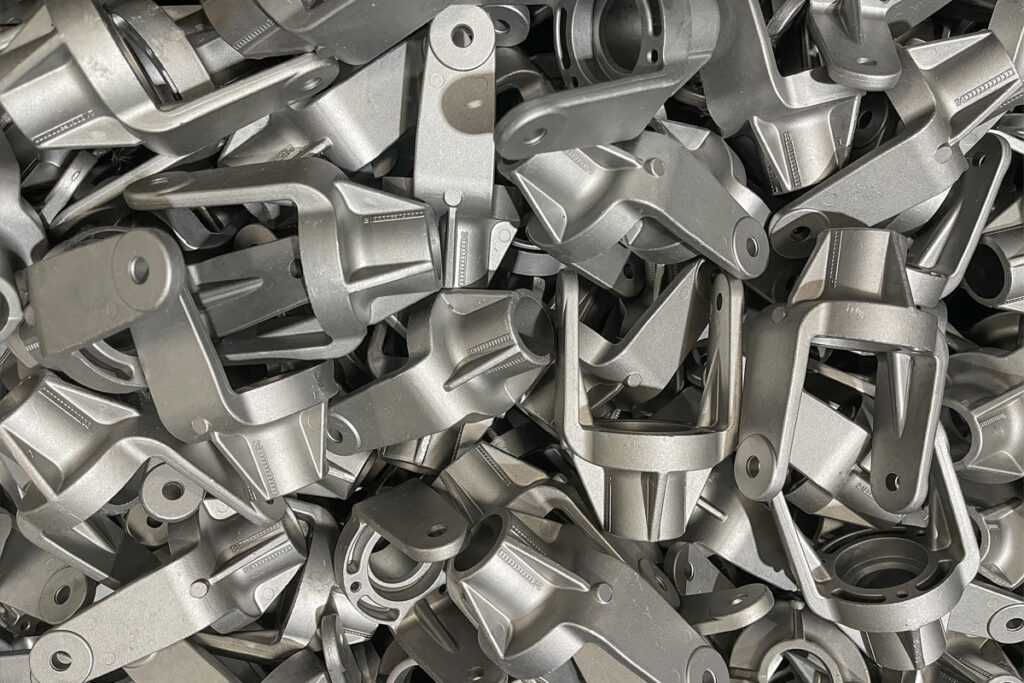
Shilpan Steelcast is a prominent name in the precision metal casting industry in India, renowned for its expertise in shell moulding. With a strong commitment to quality and precision, we offer comprehensive shell moulding solutions to meet the diverse needs of our clients.
Leveraging advanced technologies and experienced professionals, Shilpan Steelcast ensures that its shell-moulded castings adhere to the highest industry standards. Our in-depth knowledge of the process allows us to optimize production parameters, resulting in superior product quality and efficiency.
Shilpan Steelcast’s ability to deliver high-quality shell-moulded components and dedication to customer satisfaction makes us a trusted partner for businesses seeking high-quality castings.
In essence, Shell moulding has emerged as a superior casting process, offering numerous advantages over traditional methods. Its ability to produce castings with exceptional surface finish, dimensional accuracy, and complex shapes has made it a preferred choice for various industries.
Shilpan Steelcast, with its expertise in shell moulding, is well-positioned to deliver high-quality castings that meet the demanding needs of today’s industries. By partnering with Shilpan Steelcast, businesses can leverage their knowledge and capabilities to achieve production excellence.
Contact us today to discuss your shell moulding project. Our experts will guide you through the process, from design to delivery, ensuring your vision becomes a reality. Experience the Shilpan Steelcast difference.

